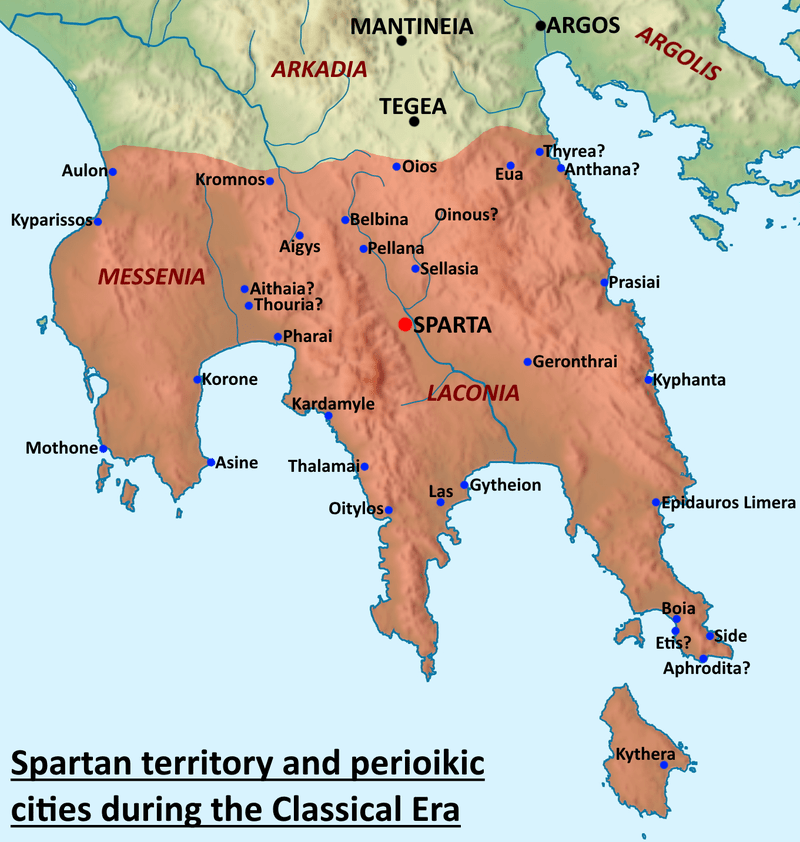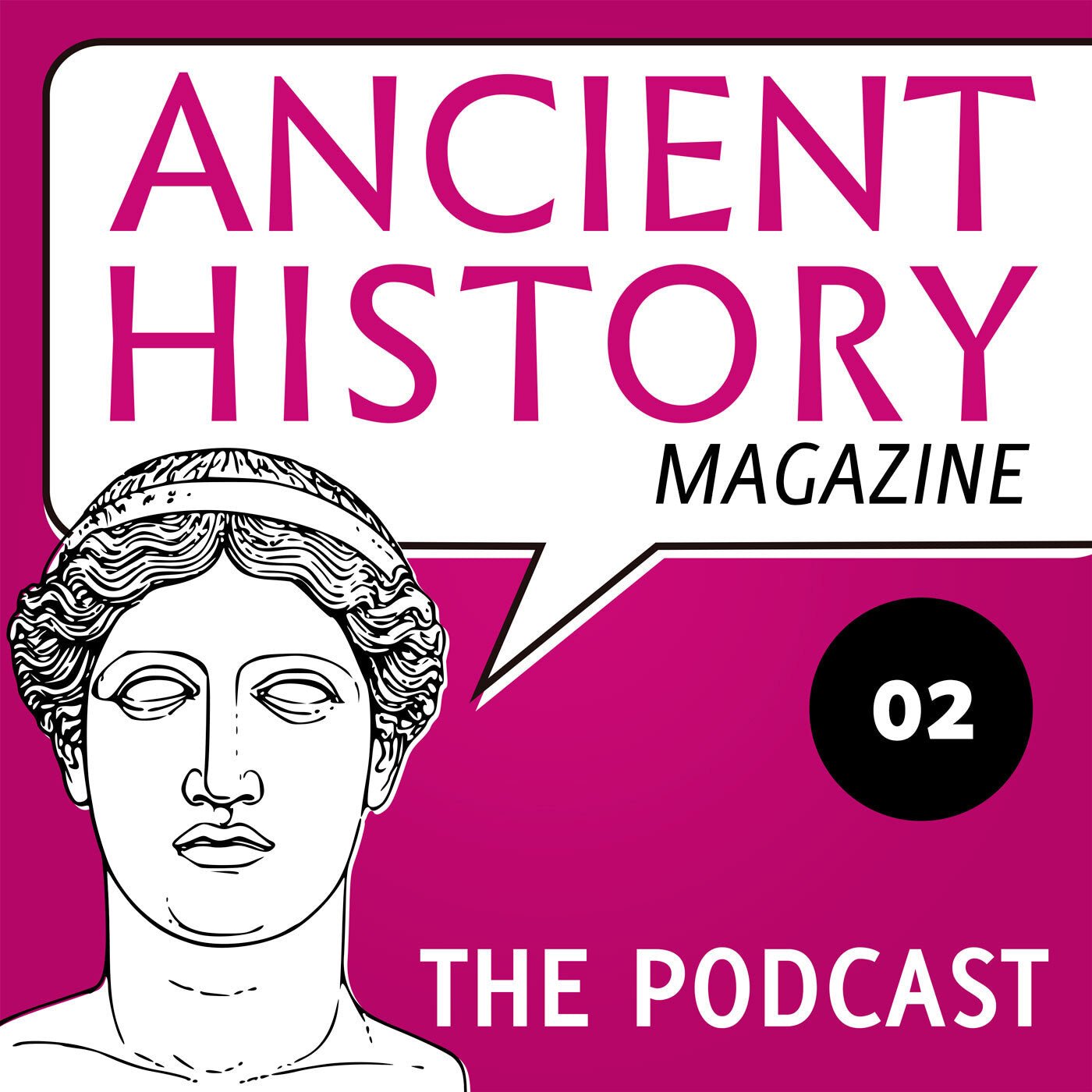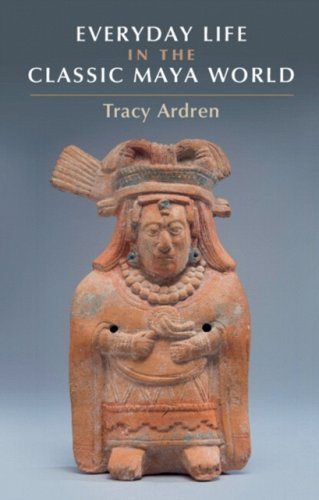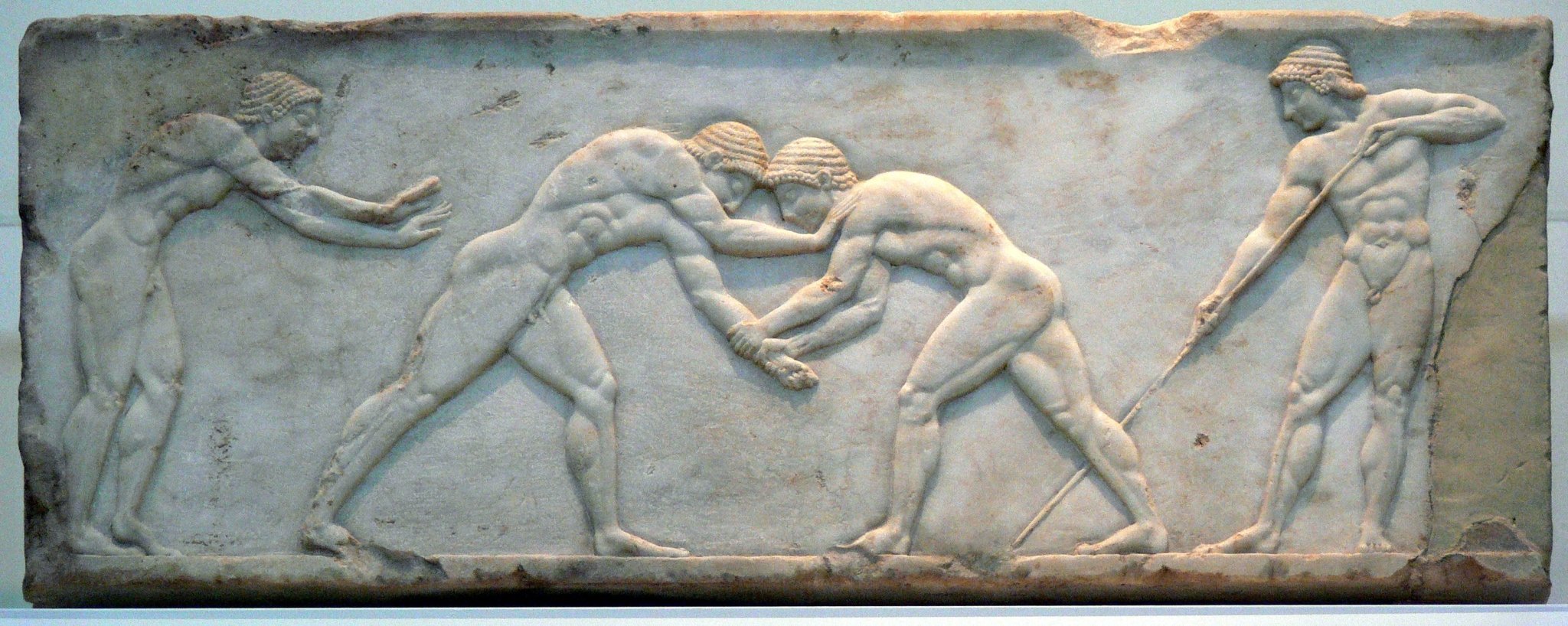Heroes 3: Angelo Poliziano
 There’s a lot to say about Angelo Ambrogini. Some biographical details first. Born in 1454 in the wine city of Montepulciano, and therefore nicknamed “Poliziano”, he became a student of Marsilio Ficino, one of the great philosophers of the Renaissance and a courtier of the Medici family. Poliziano remained in Florence and was one of the teachers in the Academy until his death in 1494. Although he had many students, he was able to publish the poems of Catullus, translate parts of the Iliad, and publish all kinds of observations on the ancient texts he had read.
There’s a lot to say about Angelo Ambrogini. Some biographical details first. Born in 1454 in the wine city of Montepulciano, and therefore nicknamed “Poliziano”, he became a student of Marsilio Ficino, one of the great philosophers of the Renaissance and a courtier of the Medici family. Poliziano remained in Florence and was one of the teachers in the Academy until his death in 1494. Although he had many students, he was able to publish the poems of Catullus, translate parts of the Iliad, and publish all kinds of observations on the ancient texts he had read.
In fact, he created a new way to write about classical poetry and prose. Until then, scholars had offered commentaries on the ancient texts, line by line, section by section, chapter by chapter. Poliziano jumped from one text to another, without much system. We might call his writings “essays”, although he himself likened his mixed bag to the Attic Nights of Aulus Gellius.
Whatever we call his writings, what matters is his idea that ancient sources are not always independent and that they can be “eliminated”. Take, for instance, the death of the Persian king Cyrus the Great. Most ancient sources say that the founder of the Achaemenid Empire was killed in action in a battle against the Massagetes, a tribe in Central Asia. There are dissenting voices, however: the Greek author Xenophon writes that Cyrus died of natural causes, while his contemporary Ctesias of Cnidus states that Cyrus was killed in a battle against the Indians. These two reports are generally ignored.
The fact that most ancient sources agree that Cyrus was killed in Central Asia, can be explained from the fact that they are all derived from one single source, the Histories of the Greek researcher Herodotus of Halicarnassus. Although there appears to be a clear majority of sources telling the same story, we can ignore all these sources, because they are dependent on Herodotus. This process of ignoring secondary sources is called elimination. The truth is, in this example, that we have three sources telling three stories, and that we cannot make a decision. (The fact that cuneiform sources mention a coregency, however, suggests that Cyrus’ death was expected and may confirm Xenophon’s account.)
Another example: the story of the Jewish kings David and Solomo in the Biblical books of 1 and 2 Chronicles is derived from 2 Samuel and 1 Kings. There are contradictions and when we want to know more about the two kings, we can eliminate the evidence from Chronicles. And a final example: Livy’s account of the battle of Zama is derived from Polybius’ World History. Polybius is to be preferred, Livy can be eliminated.
Elimination is an important instrument in the historian’s toolbox. However, it is less important than Poliziano’s other great invention: the elimination of manuscripts. We will discuss that tomorrow.




